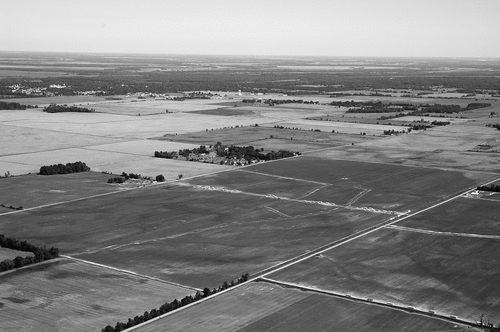Effects of Conservation Practices on Wetland Ecosystem Services in the Mississippi Alluvial Valley
Abstract/Summary
Restoration of wetland ecosystems is an important priority for many state and federal agencies, as well as non-governmental conservation organizations. The historic conversion of wetlands in the Mississippi Alluvial Valley (MAV) has resulted in large-scale implementation of a variety of conservation practices designed to restore and enhance wetland ecosystem services. As a consequence, the effectiveness of multiple approaches in achieving desired conservation goals varies depending on site conditions, practices employed, and specific ecosystem services. We reviewed government agency programs and the scientific literature to evaluate the effects of conservation practices on wetlands in the MAV. There were 68 different conservation practices applied to a combined total of https://1.27 million ha in the MAV between 2000 and 2006. These practices fell into two categories: Wetland Conservation Practices and Upland Conservation Practices. Sixteen different practices accounted for nearly 92% of the total area and only three of these are directly related to wetlands: Wetland Wildlife Habitat Management, Wetland Restoration, and Riparian Forest Buffer. All three of these practices involve reforestation, primarily planting hard-mast species such as Quercus sp. and Carya sp. These plantings are likely to develop into even-aged stands of low tree diversity with little structural heterogeneity,which will impact future wildlife habitat. Since hydrology is a critical driver of wetland processes, the ability of a given conservation practice to restore wetland hydrology is a key determinant of how well it can restore ecosystem services. However, there is little to no follow up monitoring of projects, so it is difficult to know how much variability exists for any given practice or the efficacy of specific practices. Conservation practices that only plant trees without reconnecting the wetland to the hydrologic and nutrient fluxes in the watershed may restore some wildlife habitat, but will do little for regulating services like nitrogen retention. While conservation practices have overall beneficial effects on many ecosystem services in the MAV, the most effective are those with a direct link between the actions associated with a given practice and controls over ecosystem processes and services.
Publication details
| Published Date: | 2011 |
| Outlet/Publisher: | Ecological Applications 21(3) Supplement:S31:S48 |
| Media Format: | URL |
ARMI Organizational Units:
Southeast - BiologySouth Central - Biology
Topics:
ManagementMonitoring and Population Ecology
Place Names:
Mississippi Alluvial ValleyKeywords:
ecosystem servicesreforestation
restoration
Wetlands Reserve Program
wildlife habitat

